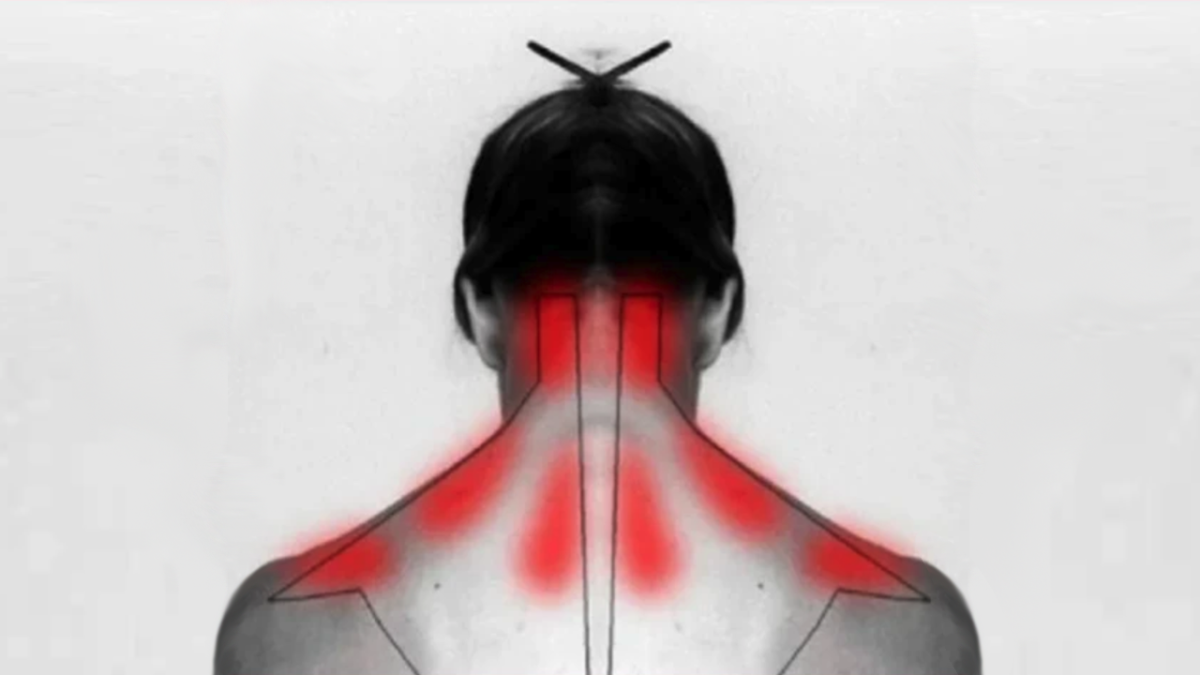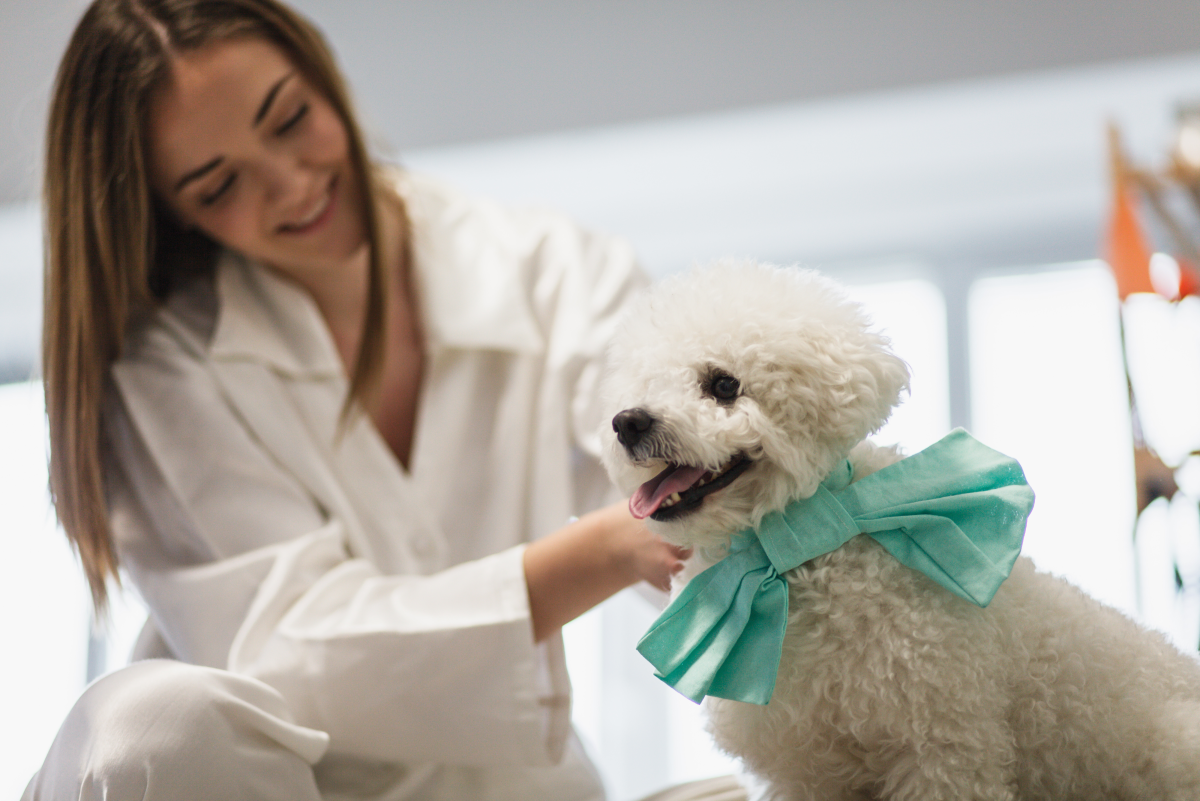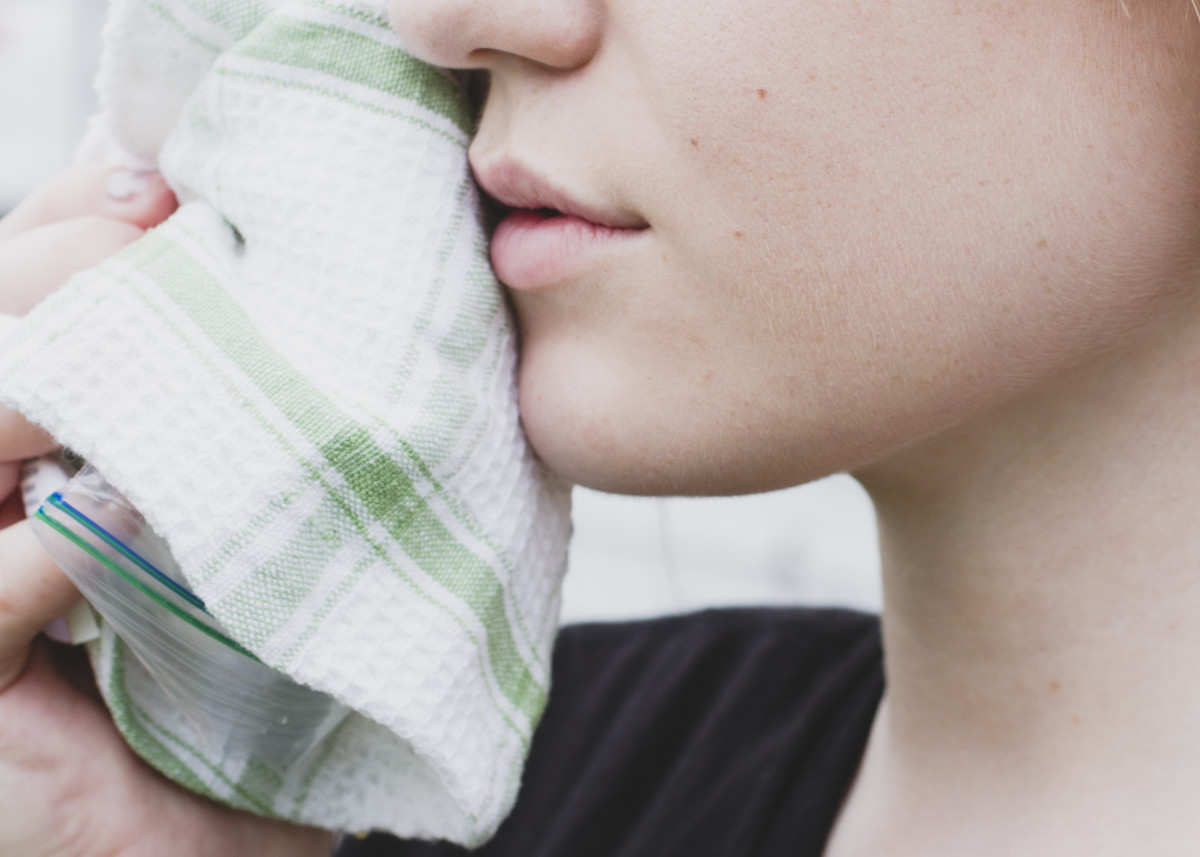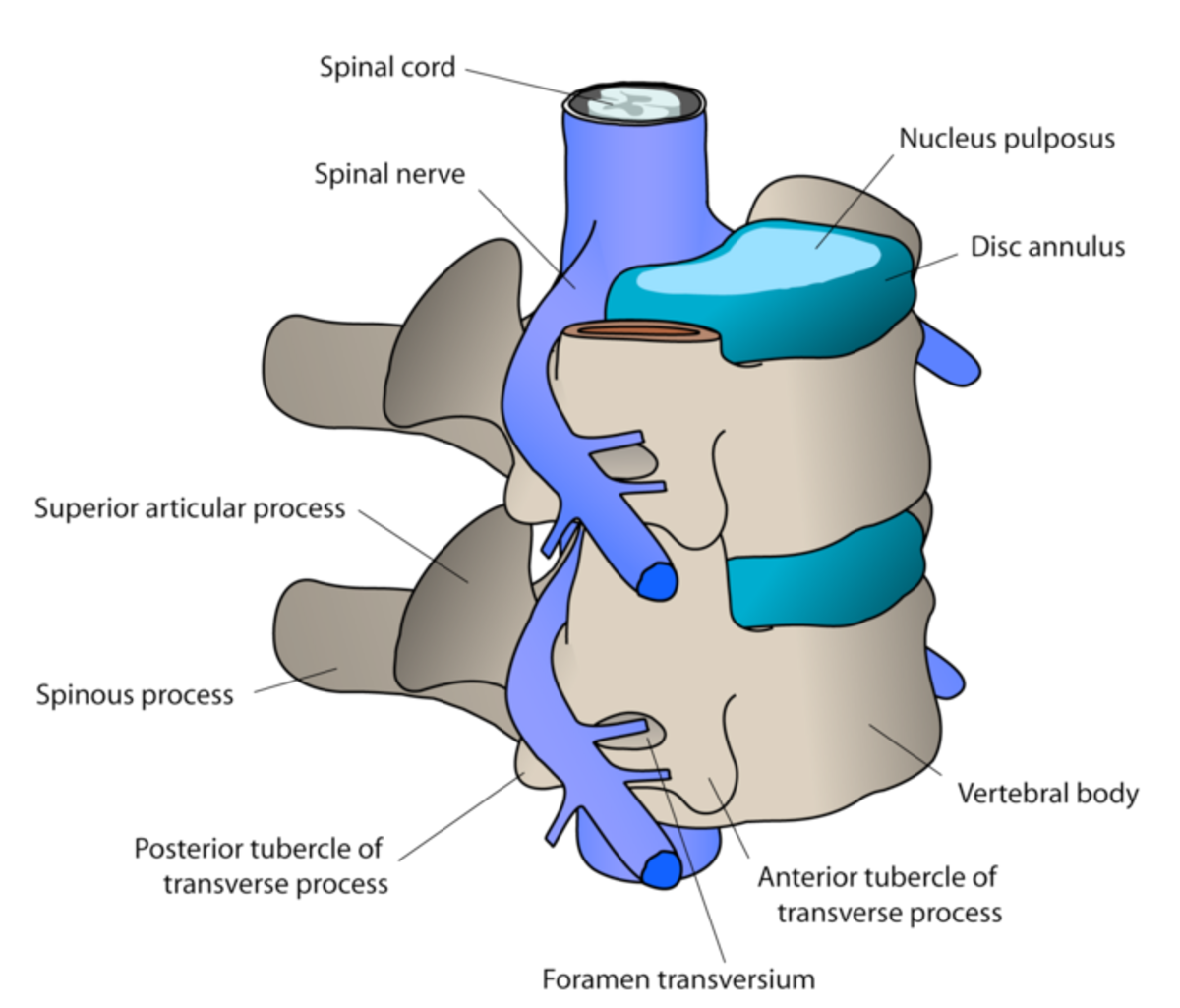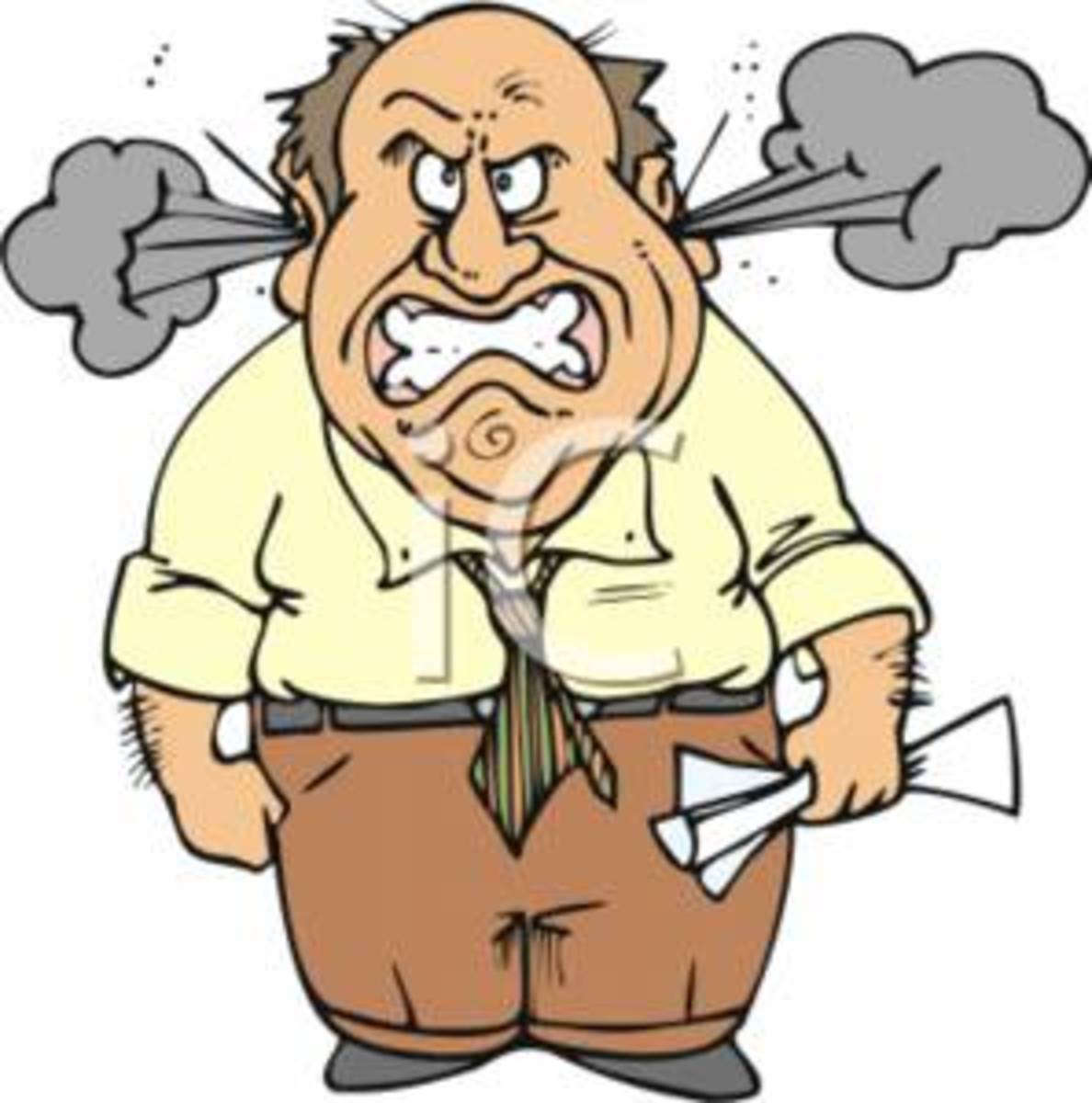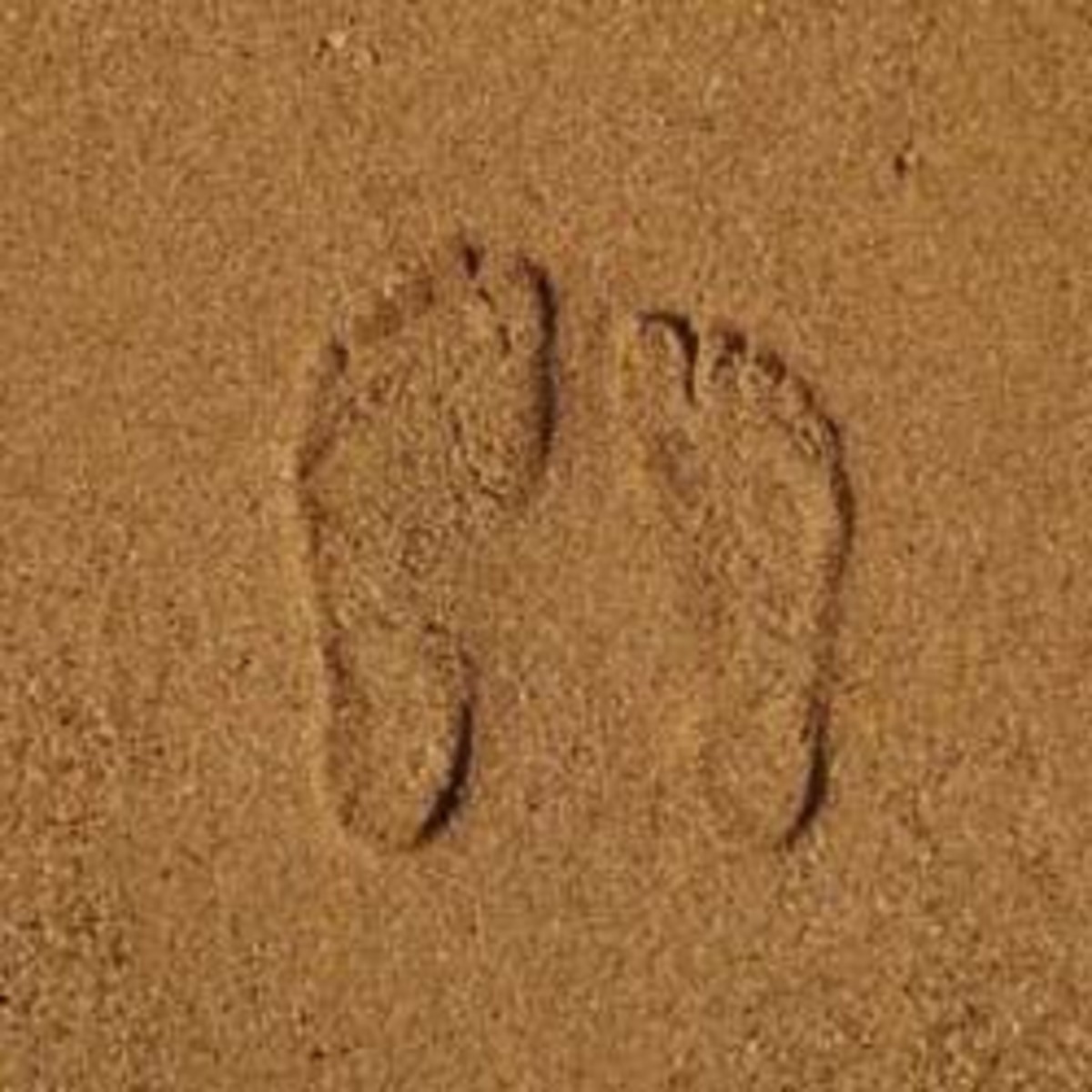Neck Pain #6 – Cervical Spondylosis – Treatment 2 - Cervical Traction
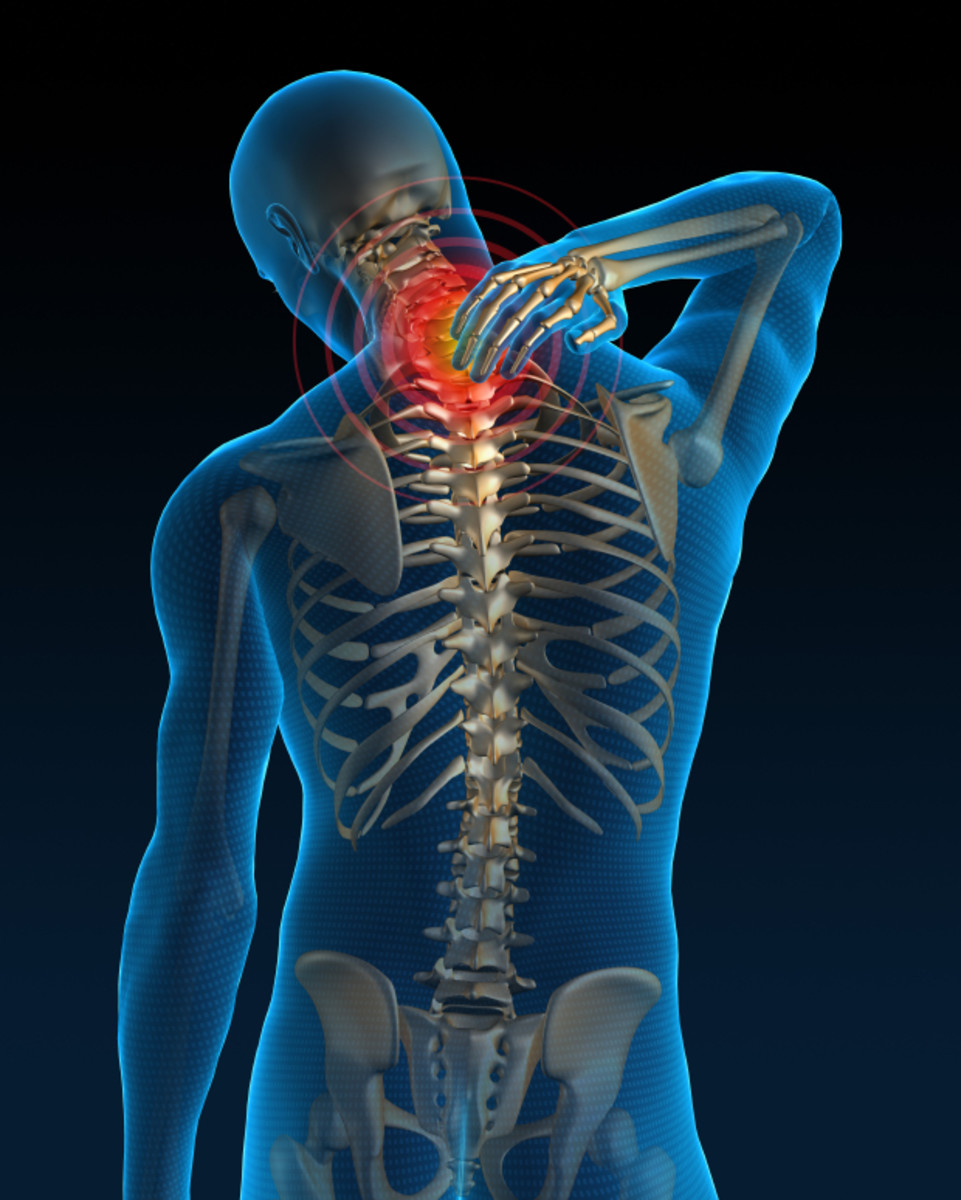
Cervical Traction – Introdcution
Concept of Cervical Traction is based on the principle of distraction of functional units. The Cervical Traction relieves the neck pain as it decreases the Cervical Lordosis. Now let us see how the decrease in Cervical Lordosis helps in relieving the neck pain:-
a. Cervical Traction opens the intervertebral foramina through which the nerve roots emerge from the spinal canal. Thus it relieves the pressure on the nerve roots at the vertebral foramina.
b. Cervical Traction separates the facet joint surfaces. The facet joints of the spine are mainly responsible for the movements of the functional units of the cervical spine. Neck pain due to any facet joint pathology may be relieved by Cervical Traction.
c. Cervical Traction stretches the Muscles and Ligaments in the cervical region. The muscles in the cervical region may go into protective spasmif there is any injury to the neck region, which causes an aggravation of the neck pain. When the Cervical Traction is applied the muscles and ligaments in the cervical region may get stretched. As a result of stretching the muscles are relieved of protective spasm. Hence the pain is relieved.
d. Cervical Traction decreases the intrinsic force within the nucleus. This phenomena ‘stiffens’ the annular fibres of the intervertebral disc. It minimises the annular ‘bulging’ and hence the neck pain is relieved.
e. Cervical Traction stretches the cervical spine and thus decreases the Cervical Lordosis. Whenthe cervical spine is in the maximum stretched position, the nerve roots and the other structures within the cervical spine also get stretched and will be in a state of tension. Cervical Traction decreases the Cervical Lordosis and decreases the length of the nerve roots and the structures within the cervical spine. Hence the tension in the nerve roots and other structures may be relieved. The pain is also relieved.
f. Cervical Traction nullifies the effects of gravity.
Cervical Traction may be applied Manually or Mechanically
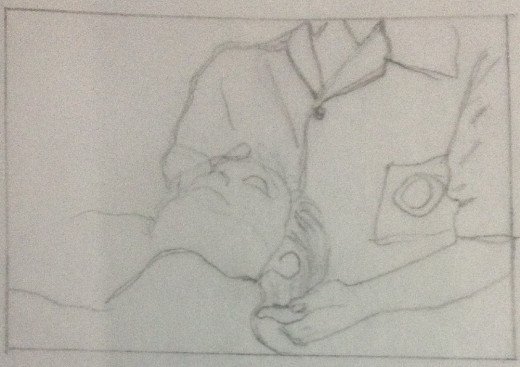
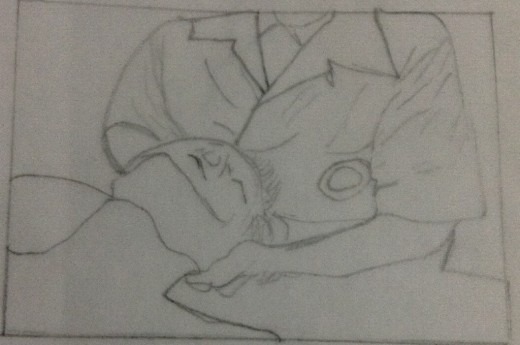
A. Manual Traction
In the manual traction method the physiotherapist applies traction to the neck by holding the patients head between his two hands and then pulling steadily at an angle of approximately 20 degrees flexion. The duration of the traction and the force applied depend upon the response of the patient and the efficiency of the physiotherapist. Usually the angulation at which the traction is applied, the duration of the traction and the force of traction must be comfortable to the patient. The patient’s response to the traction provides a feed back to the physiotherapist.
The disadvantages of Manual Traction techniques are -
- Manual Traction can be applied only for a limited period because the therapist gets exhausted soon.
- The force applied for the Manual Traction may not be consistent throughout the technique.
- The angle of pull for the Manual Traction may not be consistent throughout the technique.
- The frequency of the Manual Traction may also vary.
However the Cervical Manual Traction does indicate whether the patient will tolerate or benefit from traction. It also provides the information regarding the angle of pull, duration, and the force to be applied.
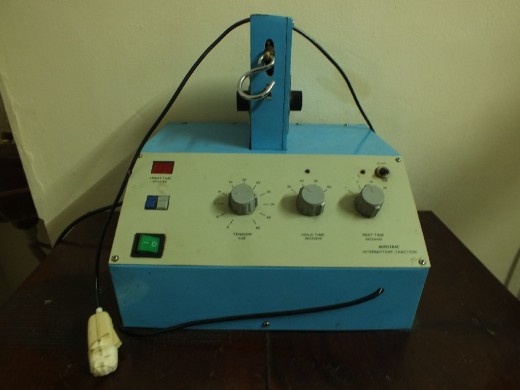
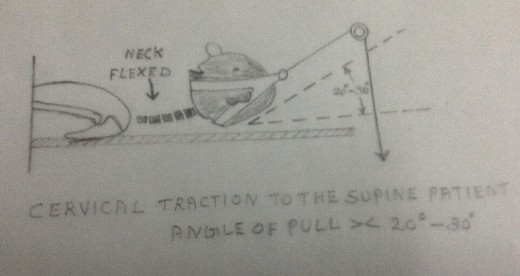
B. Mechanical Traction
In the case of Mechanical Traction, the frequency, the duration, the force and the angle of pull may be maintained throughout the procedure. Mechanical Traction applied with the patient in the supine horizontal position is most effective and best tolerated by the patient. The head angulation considered most effective is usually 20 degrees of neck flexion. The duration of the treatment is 15-20 minutes. The force usually applied is 6-8 kgs (or 1/20 of body weight of the patient). This traction is given 3-4 times a day. Prior to traction hot moist packs may be applied around the neck to relieve the protective muscle spasm and to relax the muscles so that the traction is well tolerated by the patient.
The Mechanical Traction may be given either continuously or intermittently. The intermittent traction is preferred to start with. In case of need, the traction may be made continuous. In the case of intermittent traction the angle of pull, the duration of traction, the force to be applied, the duration of the intervals in between, the hold time, and the rest period in between may be pre-set.
If the radicular symptoms continue to be very severe and reasonably acute inspite of the mechanical traction, home or hospital bed traction is advisable.
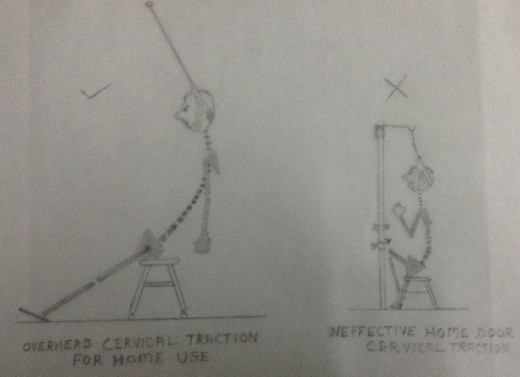
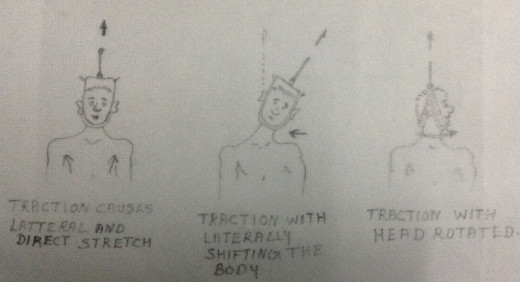
C. Home Door Cervical Traction
Home Cervical Traction is done using an over – the – door – setup. A rope is fastened securely overhead and slightly in front of a seated patient. The patient is seated in a fully relaxed position with the low back flexed, legs extended and the arms dangling by his sides. The traction is applied on the flexed neck. If the patient is not in a relaxed position the Home Door Cervical Traction is not effective.

